Lassithi Sights & Attractions

The area of Lassithi Greece is known for its mountainous landscape, the long sandy beaches, and the interesting sites. Although this is the less tourist-developed region of Crete, it is yet charming in its own unique way. Vai, Xerokampos, Agia Fotia, Kouremenos, Istron, and Palekastro are among the most beautiful beaches of Lassithi, although a drive around will bring visitors to many secluded beaches. The Lassithi Plateau is a fantastic region to explore by car, while not to miss is the boat trip from Ierapetra to the stunning island of Chrissi. A very interesting excursion is also to the Island of Spinalonga, on the northern side of Lassithi, which was a former leper colony.
You can see below the best Sites in Lassithi: Ancient sites, Museums, Churches, and more. You can filter them by category and location.
Do you want to learn about available activities? Check the best Things to do in Lassithi.
Let us plan the trip of your dreams!
Book online with us your ferry tickets, hotels and more, easily!
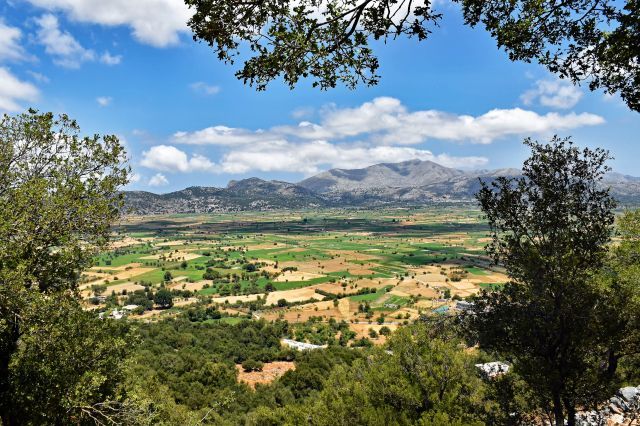
Lassithi Plateau
GeneralThis is a lush green plain of wild beauty. Many picturesque villages and windmills dot this plateau. The capital village is Tzermiado.
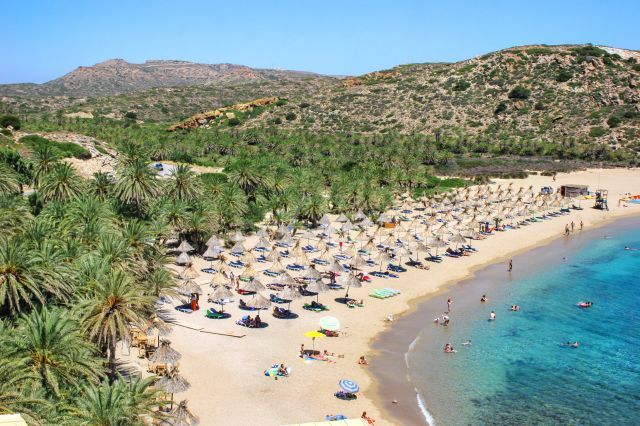
Palm Forest
GeneralThis is the only palm forest in Europe and spreads around a gorgeous, sandy beach. It used to be a free camping spot but today it is prohibited.
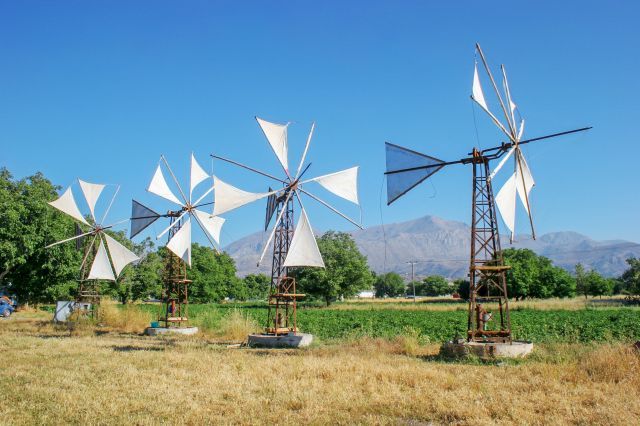
Windmills
GeneralThe spectacular vision of white windmills on the Lassithi plateau on Crete Island is one of a kind. The windmills are located to the northern entrance of the plateau and they use groundwater to irrigate the crops.
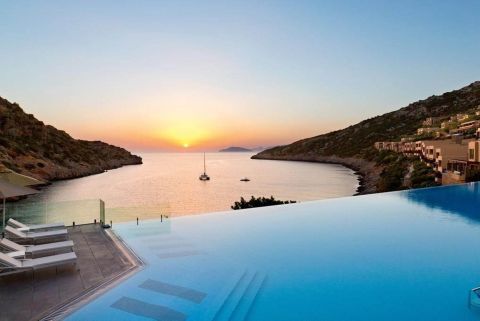
Our selection of Best Hotels
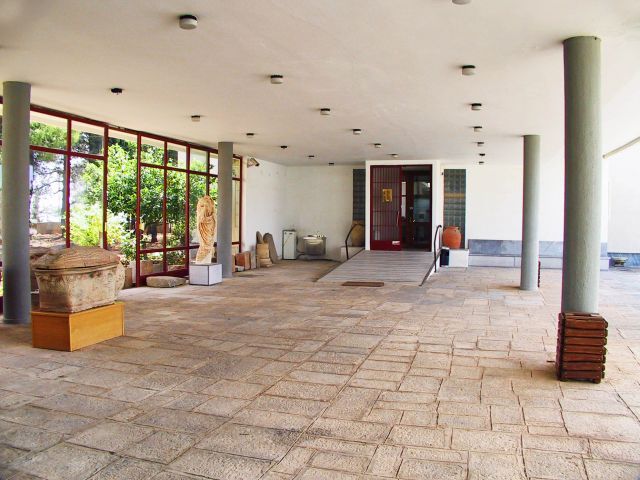
Archaeological Museum
MuseumsThe Archaeological Museum of Agios Nikolaos was established in 1970. It houses a rich collection of findings from excavations in eastern Crete. The exhibits date from the Minoan till the Roman times.
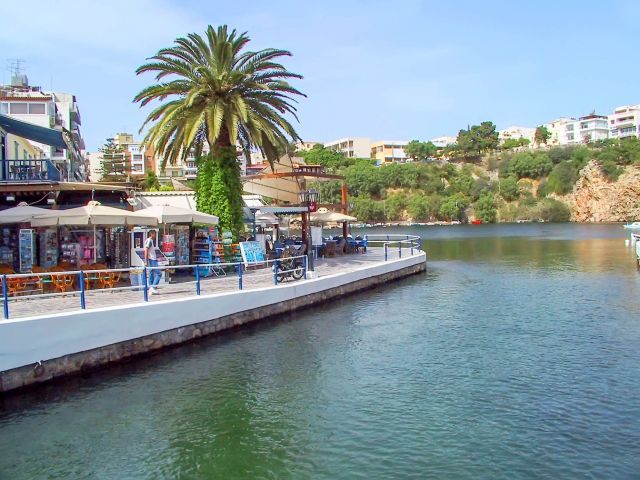
Sea Lake
GeneralThe sea lake of Agios Nikolaos is the main feature of the town. It is connected to the sea through a channel and many fishing boats find a safe shelter in this lake.
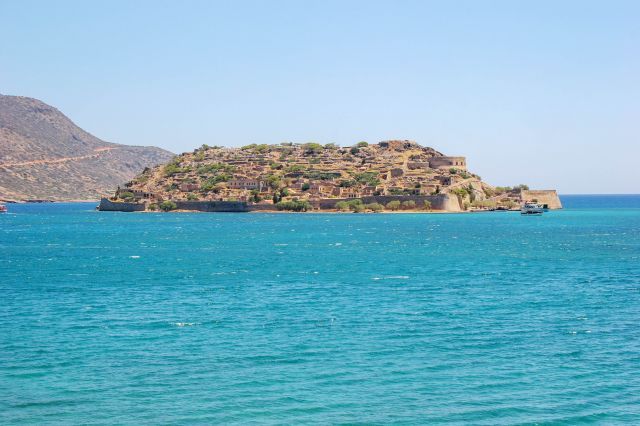
Spinalonga Islet
GeneralA strong fortress was built by the Venetians on this islet, right opposite the port of Elounda. Later on, this is where the lepers of Greece were transferred, until the 1960s. Nowadays Spinalonga is uninhabited but excursion boats from Elounda transfer visitors there in summer.
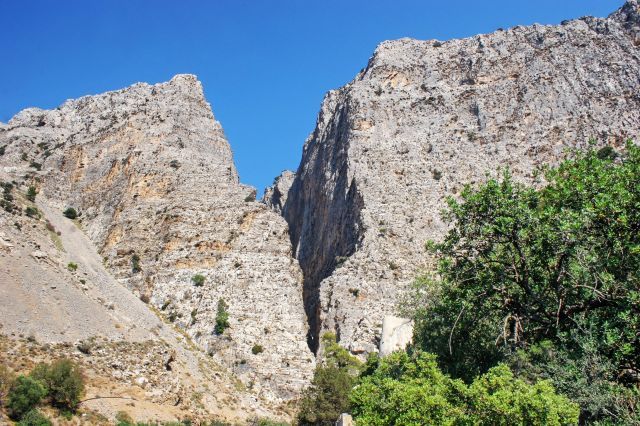
Gorge of Ha
GeneralIn close distance to Ierapetra, on the 24th km from Agios Nikolaos to Ierapetra and close to the village of Vassiliki, is the impressive Gorge of Ha. Crossing this gorge is very dangerous due to the abrupt rocky landscape.
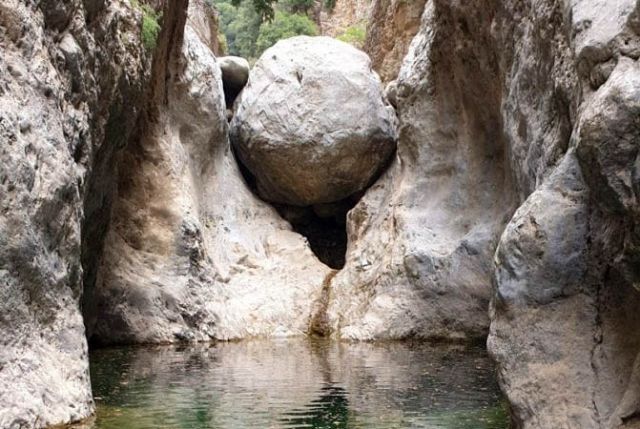
Havgas Gorge
Outdoor ActivitiesLocated in Lassithi, Havgas Gorge is 4 km long and easily accessible. The hiking path is relatively easy and the gorge is even recommended for beginners.
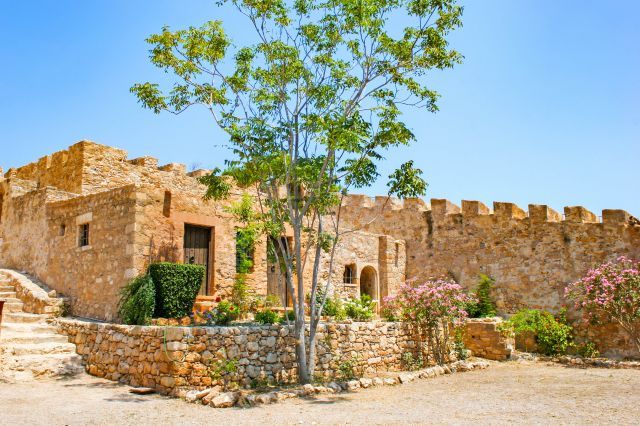
Kazarma Fortress
GeneralKazarma Fortress was built by the Venetians in the Medieval times to protect the town from enemies. Today many cultural events are organized there in summer.
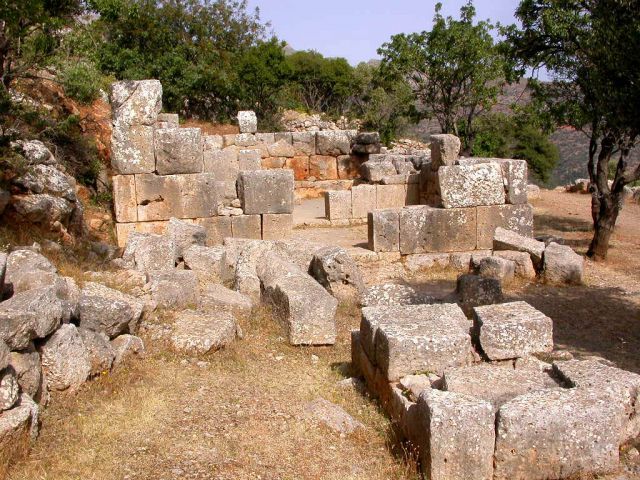
Minoan Site of Lato
Ancient SitesLato was an ancient Minoan town built between two hills. Today visitors can see the remains of a fortress, a temple, and an ancient theatre. The location offers an amazing view of the Gulf of Agios Nikolaos.
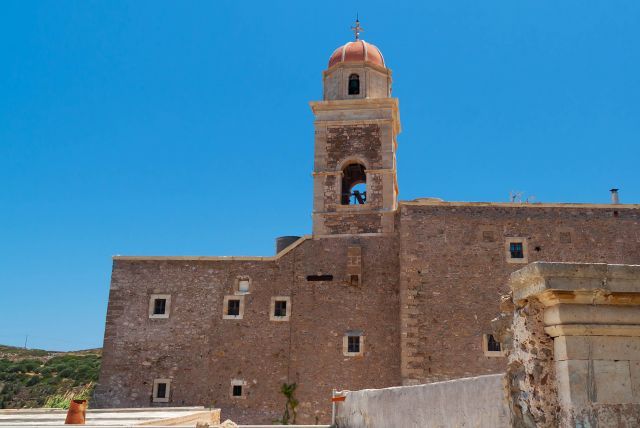
Monastery of Toplou
ChurchesOne of the largest and most important monasteries of Crete, the Monastery of Toplou is found on the way from Sitia to Vai beach. The date of its foundation is unknown, but it is estimated around the 15th century.
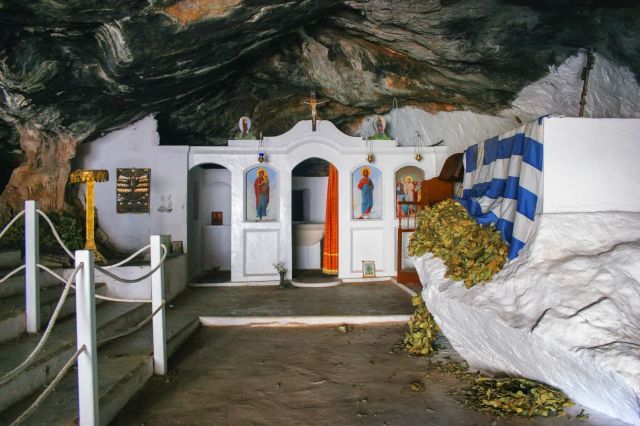
Milatos Cave
GeneralThe Cave of Milatos can be reached through a short walking path. It has historical importance for Crete as 3,600 Greeks were slaughtered there by the Turks in 1823. Inside the cave, there is a small church.
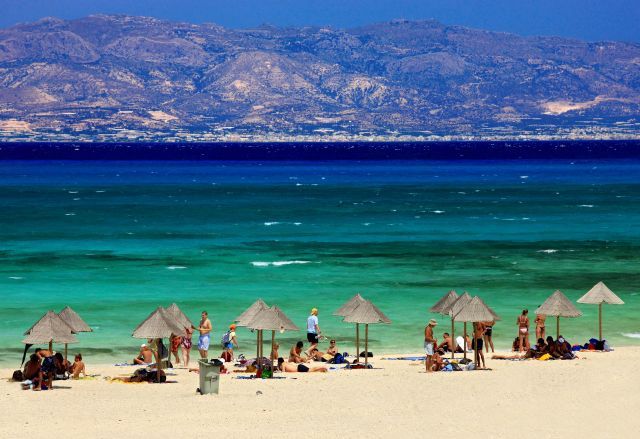
Chrissi Island
GeneralChrissi is a small island on the southern side of Crete. This island can be reached by boat from Ierapetra in about an hour and it is famous for the exotic beaches.
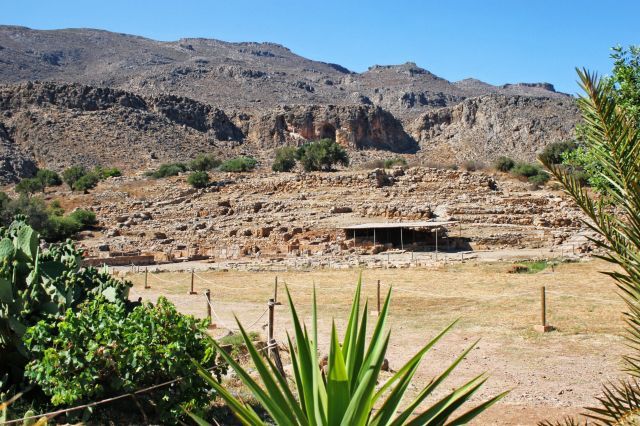
Zakros Minoan Palace
GeneralThe Minoan Palace of Zakros was discovered in 1961, but works had started many decades before. The palace has a central courtyard, some labyrinth corridors, and many rooms, while a corridor connecting it to the port. A small town surrounded the palace.
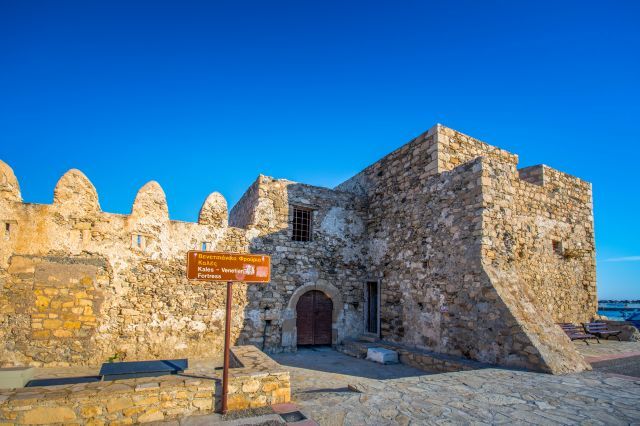
Kales Fortress
GeneralThe Kales Fortress of Ierapetra stands right at the entrance of the port. It was constructed by the Venetians in the 13th century but not much of the castle remains today.
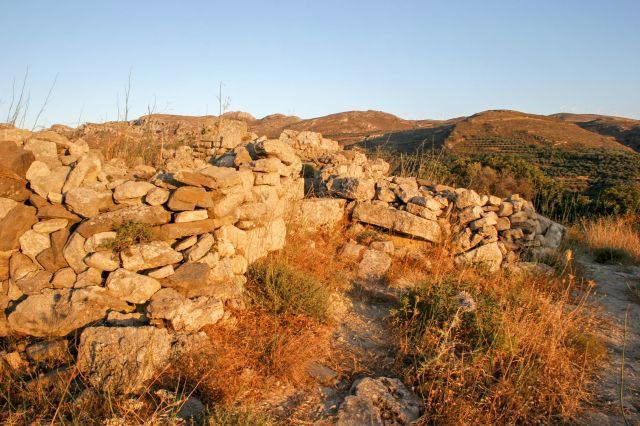
Ancient Pressos
GeneralAncient Pressos was continually inhabited from the Neolithic till the Hellenic times. It was one of the most powerful cities in eastern Crete, but today few of the town survive.
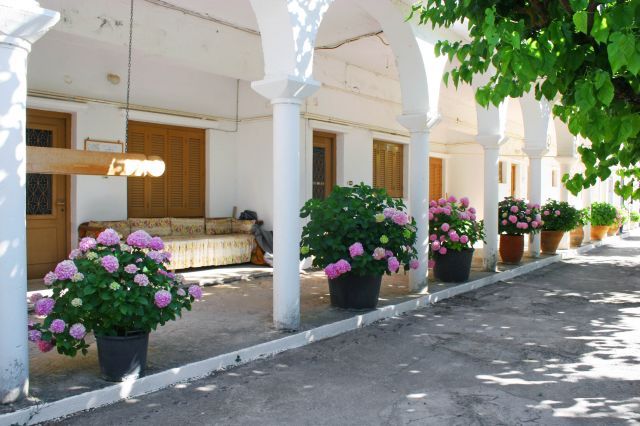
Monastery of Kroustalenia
ChurchesThe Monastery of Panagia Kroustalenia is found close to Tzermiado village on Lassithi Plateau. It was constructed in the 13th century. The monks of this monastery contributed a lot to the Cretan Revolution.
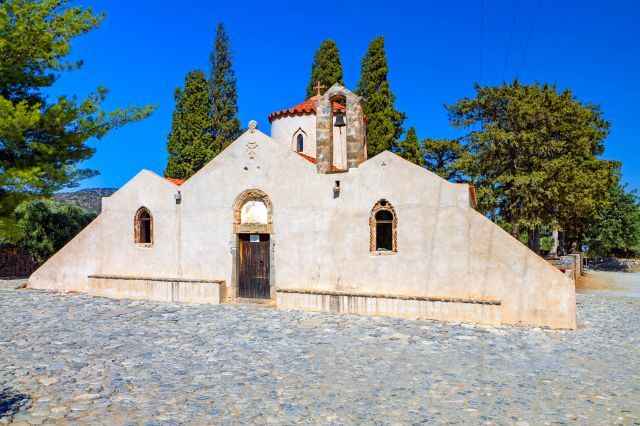
Panagia Kera
ChurchesThe church of Panagia Kera is a three-aisled church with many frescoes from the 14th and the 15th century. It is located 9 km west of Agios Nikolaos and 1 km from Kritsa.
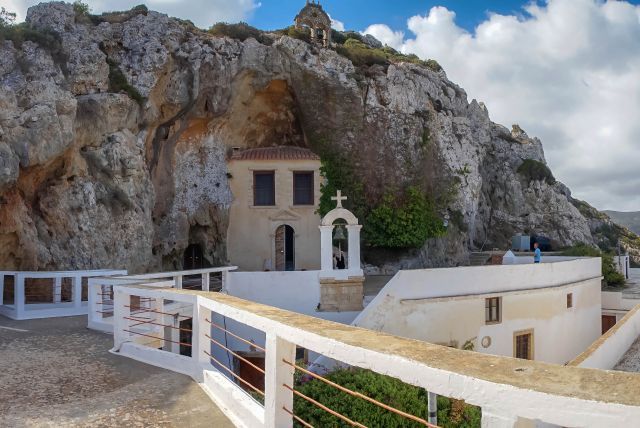
Faneromeni Monastery
ChurchesThe monastery of Faneromeni stands on a hill overlooking the sea, at a distance of 8 km west of Sitia. The main church was built in the 15th century and the view is awesome.
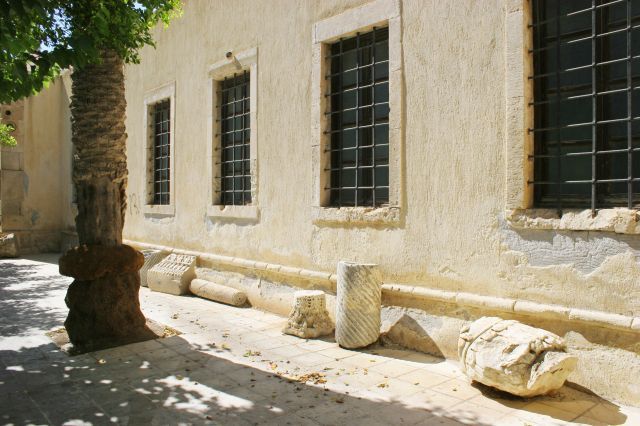
Ierapetra Archaeological Museum
MuseumsNote: The museum is currently closed due to renovation works. This museum is housed in the former Commercial Ottoman School, offered by the Municipality of Ierapetra to the Ministry of Culture. The museum exhibits items from the Minoan, Geometric, Archaic, Classical and Roman times.
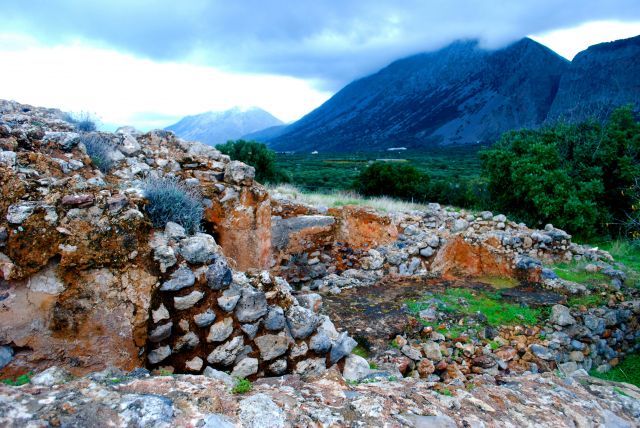
Minoan Town of Vassiliki
GeneralThe ancient site of Vassiliki was constructed in the Minoan times but it was destroyed many times until totally abandoned in the late Minoan period. Notable findings were excavated in Vassiliki, such as jugs, dishes, jewelry, and ceramic items.





